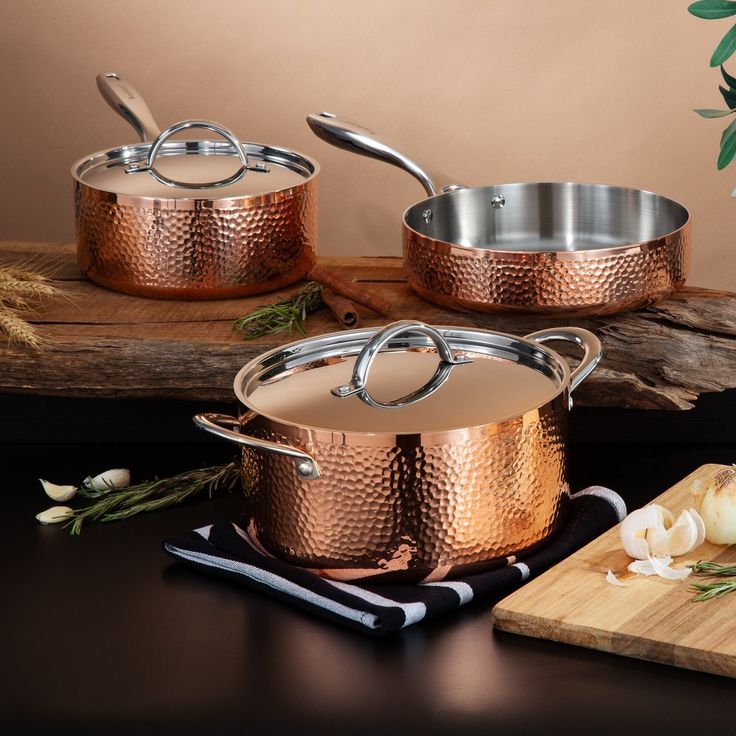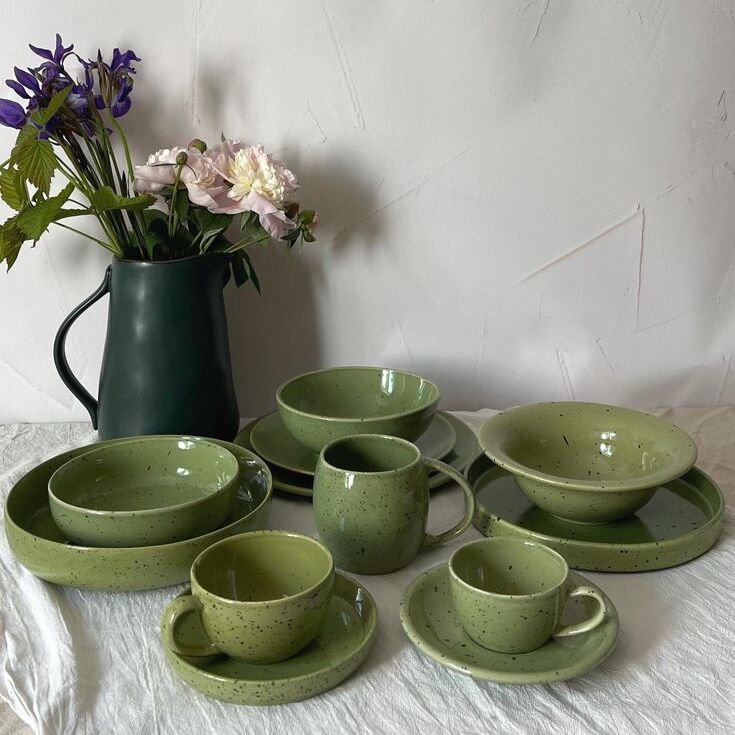The Art of Handmade Ceramic Plates
Handmade ceramic plates are more than just dishes; they’re a statement. Each plate carries the story of its maker, from the feel of the clay in their hands to the final glaze. Here’s why they are special:
- Authenticity: Every handmade ceramic plate is unique. Each one has slight variations that convey authenticity.
- Craftsmanship: These plates showcase the potter’s skill. They reveal the delicate balance between art and functionality.
- Aesthetic: Handmade plates offer diverse styles. They can suit rustic, modern, or eclectic table settings.
- Connection: Using these plates can create a connection. You feel closer to the art of pottery and the tradition it represents.
Embrace the art behind your dinnerware. Choosing handmade ceramic plates means supporting artists and their craft. Next time you set the table, consider the artistry that adds character to your dining experience.
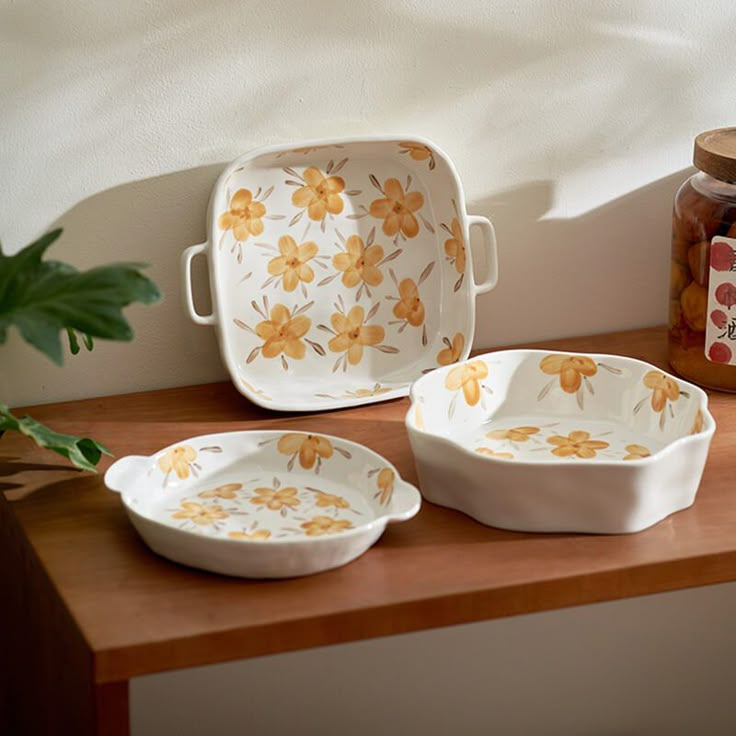
Selecting the Perfect Ceramic Plates for Your Table
Choosing the right handmade ceramic plates can significantly enhance your dining experience. The aesthetic appeal and handcrafted quality of ceramic plates add charm and personality to every meal. Here’s how to pick the perfect plates for your needs:
1. Consider the Occasion
Start by identifying the occasions for which you will use the plates. Will they be for daily use, or do you intend to reserve them for special events? Selecting designs that fit the purpose of each occasion allows you to create the right atmosphere. For everyday dining, opt for more durable plates that can withstand regular use. Conversely, for special occasions, consider vibrant or intricately designed plates that make a striking impression on your guests.
2. Assess Your Decor
Your ceramic plates should complement your home’s decor. Think about the colors, patterns, and styles that blend well with other elements in your dining area. For instance, if your decor leans towards a rustic vibe, earthy tones and textured finishes may resonate well. On the other hand, if you prefer a modern aesthetic, opt for sleek lines and bold colors. This attention to harmony between your tableware and decor elevates your dining experience.
3. Size Matters
When selecting ceramic plates, make sure they are suitable for the meals you frequently serve. The size of the plates should suit various portions without being too large or too small. For example, larger plates work well for main courses, while smaller ones may be suitable for appetizers or desserts. Consider the types of meals you typically prepare to find the ideal balance that enhances both presentation and practicality.
4. Quality Check
Always perform a quality check before purchasing ceramic plates. Look for dishes made with care and attention to detail. High-quality ceramic plates should feel sturdy and well-crafted, with no cracks or uneven surfaces. Additionally, check for proper glazing; a well-glazed plate often indicates higher craftsmanship and durability. Err on the side of caution by researching brands or artisans known for producing quality ceramicware.
5. Mix or Match
Decide whether you want to create a uniform set or an eclectic mix of plates. A matching set presents a coordinated look, enhancing the overall aesthetic of your table. However, mixing patterns and styles can express your individuality and creativity. By selecting unique pieces that complement each other, you can create an inviting and personalized dining atmosphere.
Remember, using handmade ceramic plates means every meal feels personal and special. Take your time to choose plates that resonate with your style and needs.
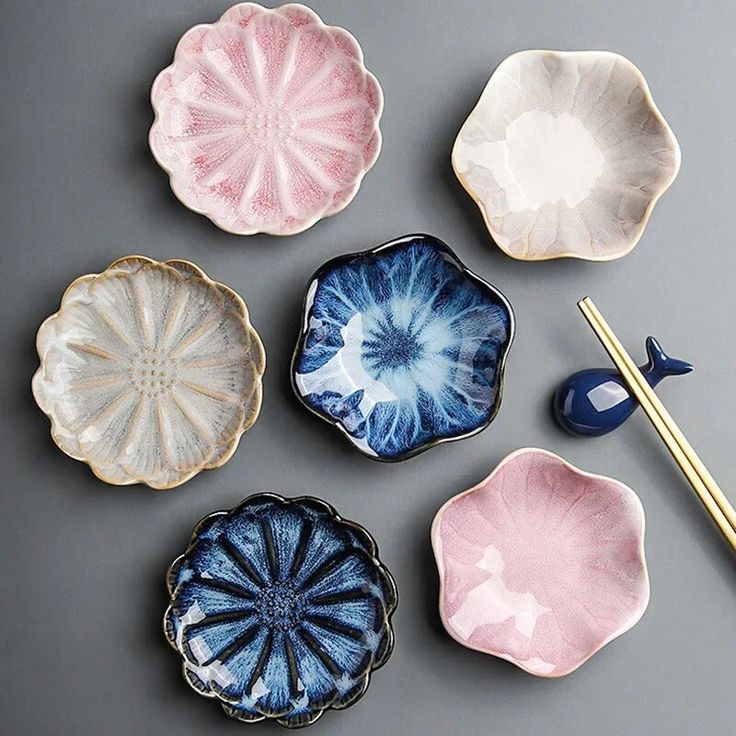
The Making Process of Ceramic Plates
Understanding the making process of handmade ceramic plates can deepen your appreciation for their uniqueness and value. These plates undergo several meticulous steps, each contributing to their final beauty and strength. Here’s an overview of the key stages:
- Choosing the Clay: Artisans select quality clay, often sourced locally. The right clay provides the ideal texture and durability.
- Shaping the Plate: Potters hand-shape the clay using techniques like wheel-throwing or slab-building, creating the plate’s basic form.
- Trimming and Cleaning: Once the shape is firm, potters trim excess clay and smooth edges. They ensure each plate has a clean finish.
- Drying: The formed plates need slow, even drying. This step is vital to prevent cracks before they enter the kiln.
- Bisque Firing: Plates are fired at a lower temperature first. This hardens the clay and prepares it for glazing.
- Glazing: Artists apply glazes by dipping, pouring, or painting. Glazes add color and texture, making each plate unique.
- Final Firing: A high-temperature firing sets the glaze. It also strengthens the plate, making it durable and food-safe.
Each stage of the handmade ceramic plates’ creation adds to their charm and character. Remember, these aren’t just plates; they are the results of an artisan’s skill and passion.
Style and Functionality: Combining Beauty with Practicality
When choosing handmade ceramic plates, style and functionality are key. These plates are not just for show; they serve your dining needs every day. Consider the following to ensure beauty meets practicality:
- Versatility: Look for plates that fit various occasions. They should be suitable for both casual and formal use.
- Durability: High-quality ceramics can withstand daily handling. Check for plates that are both beautiful and strong.
- Comfort: Plates should feel good in your hands. They shouldn’t be too heavy or awkward to use.
- Ease of Cleaning: Ensure the plates are easy to clean. Glazed ceramics usually resist stains and are dishwasher safe.
- Stackability: Space-saving designs are valuable. Plates that stack well make storage simpler.
Remember, the best handmade ceramic plates marry aesthetic appeal with everyday function. They make each meal a delight, both visually and in use. Choose plates that stand the test of time, in design and durability.

Caring for Your Ceramic Plates
Proper care ensures that your handmade ceramic plates last longer and stay in great shape. By following a few essential care techniques, you can maintain their beauty and functionality for years to come. Here are some helpful tips to protect your cherished ceramic pieces.
1. Gentle Washing
Always hand wash your handmade ceramic plates with mild soap. Avoid using harsh scrubbers or abrasive sponges, as these can damage the finish and cause scratches. Instead, opt for a soft sponge or cloth to clean the surface gently. Hand washing not only preserves the integrity of the glaze but also allows you to carefully inspect each plate while cleaning.
2. Avoid Thermal Shock
Thermal shock can lead to cracking or breaking in ceramic plates. To prevent this, don’t expose the plates to extreme temperature changes. For example, allow the plates to cool before cleaning them with water, especially if they have just come out of the oven. Gradual temperature changes will help maintain the structural integrity of your ceramics.
3. Use Soft Cloths
When drying your plates after washing, use soft cloths to prevent scratches. This practice helps keep the glaze shiny and intact. Be gentle while drying, as rough towels can cause tiny abrasions that dull the surface over time.
4. Storage
Proper storage is vital for preserving your handmade ceramic plates. Stack your plates carefully to avoid unnecessary pressure on one another. To further protect them, consider using felt dividers between plates to prevent chips and cracks. This additional padding absorbs shock and minimizes the risk of damage from contact.
5. Microwave and Dishwasher Use
Before using your ceramic plates in the microwave or dishwasher, check with the artisan or manufacturer to verify whether they are safe for these appliances. If they are, always exercise caution. In the dishwasher, place the plates securely and avoid stacking them, as this can lead to scratches or breakage.
6. Repairing Chips
If one of your plates chips, consider professional repair services. Attempting to fix it yourself may worsen the damage, whereas a skilled artisan can restore its original beauty. Professional repairs can extend the life of your plate and maintain its value as part of your collection.
7. Regular Checks
Finally, regularly examine your plates for any signs of wear or damage. Look for chips, cracks, or dull spots on the glaze. Addressing these issues early can prevent further damage down the line, helping to keep your handmade ceramic plates in pristine condition.
By implementing these care guidelines, you’ll ensure that your handmade ceramic plates remain a beautiful part of your table setting for many years to come. Regular maintenance not only enhances their longevity but also showcases their unique artistry every time you use them.
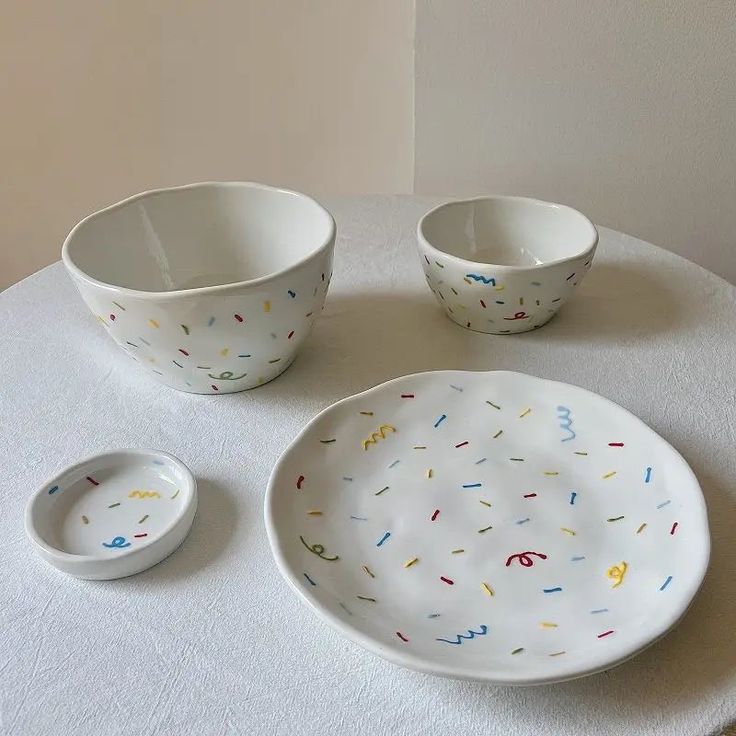
The Sustainability of Using Handmade Ceramics
Choosing handmade ceramic plates not only elevates your dining experience, but also promotes sustainability. Here’s how these artisanal creations benefit the environment:
- Eco-Friendly Materials: Handmade plates often utilize local, natural clay. By sourcing materials nearby, artisans significantly reduce the carbon footprint associated with transportation. This local approach supports sustainable practices and minimizes environmental impact.
- Longevity: Durable handmade ceramic plates can last for decades with proper care. This longevity reduces waste generated from disposable dinnerware, which often ends up in landfills. Investing in quality ceramics promotes a sustainable lifestyle by encouraging consumers to choose items designed to withstand the test of time.
- Low-Impact Production: Artisans typically engage in small-scale production, which results in a lower environmental impact compared to factory-made ceramics. Many artisans employ energy-conscious methods, utilizing less electricity and natural resources. This thoughtful approach benefits both the planet and local communities.
- Biodegradability: In the event that handmade ceramics must be disposed of, they are biodegradable. Natural ceramics break down over time without harming the planet, making them a more environmentally friendly choice compared to synthetic options.
- Less Chemical Use: Handmade plate making uses fewer chemicals. This is better for both the environment and your health.
- Support Local Economies: Buying handmade supports local artisans. This sustains community businesses and reduces emissions from mass production.
Remember, when you choose handmade ceramic plates, you’re investing in a sustainable future. You support practices that care for our planet. It’s a choice that feels as good as it looks on the table.
Where to Find Unique Ceramic Plates
Discovering unique handmade ceramic plates can be a rewarding journey. To start, look in the following places:
- Local Artisan Markets: These markets are treasure troves for handmade items, including ceramic plates.
- Pottery Studios: Visit local studios where artists craft their wares on site, providing a wide selection of plates.
- Craft Fairs and Exhibits: Keep an eye out for events where potters showcase their best work.
- Online Marketplaces: Websites dedicated to handmade goods offer a variety of ceramic plates from creators worldwide.
- Specialty Home Goods Stores: Some stores specialize in handmade and artisan products, often carrying one-of-a-kind pieces.
- Etsy and Similar Platforms: Online platforms like Etsy are ideal for finding unique handmade ceramic plates from artisans globally. Don’t forget to check reviews and ratings before purchasing.
When searching for these plates, consider the style, quality, and story behind each piece. Each plate is not just a dish; it is an expression of the potter’s artistic journey. By choosing handmade ceramic plates, you bring a piece of the artist’s soul into your home. Remember to use the keywords ‘handmade ceramic plates’ in your search to find a wide selection of options that meet your specific table aesthetic needs.

Incorporating Handmade Plates into Various Table Settings
Handmade ceramic plates are versatile and can fit any table setting with ease. Whether you’re hosting a casual brunch or an elegant dinner party, these unique dishes can elevate your tablescape. Here’s how to incorporate them into various settings:
- Casual Everyday Meals: For day-to-day use, select plates with simple designs and natural colors. They’ll add a relaxed yet stylish touch to your meals.
- Intimate Gatherings: Choose plates with intricate details or interesting glazes. They’ll spark conversations at small dinner parties or family gatherings.
- Formal Events: Opt for plates with refined patterns or gold accents. These make a grand statement for formal dinners and celebrations.
- Eclectic Mix-and-Match: Don’t be afraid to mix patterns and colors. A well-curated, eclectic assortment adds personality to your table.
- Seasonal Settings: Switch up your plates with the seasons. Use light, pastel colors for spring, or warm, earthy tones for autumn gatherings.
Handmade ceramic plates bring beauty and uniqueness to any occasion. By thoughtfully choosing plates that align with the tone and theme of your event, you’ll create an unforgettable dining experience. Remember, each meal is an opportunity to showcase your style with these artisan-crafted pieces. With handmade ceramic plates, your table setting becomes a canvas for your personal aesthetic.






